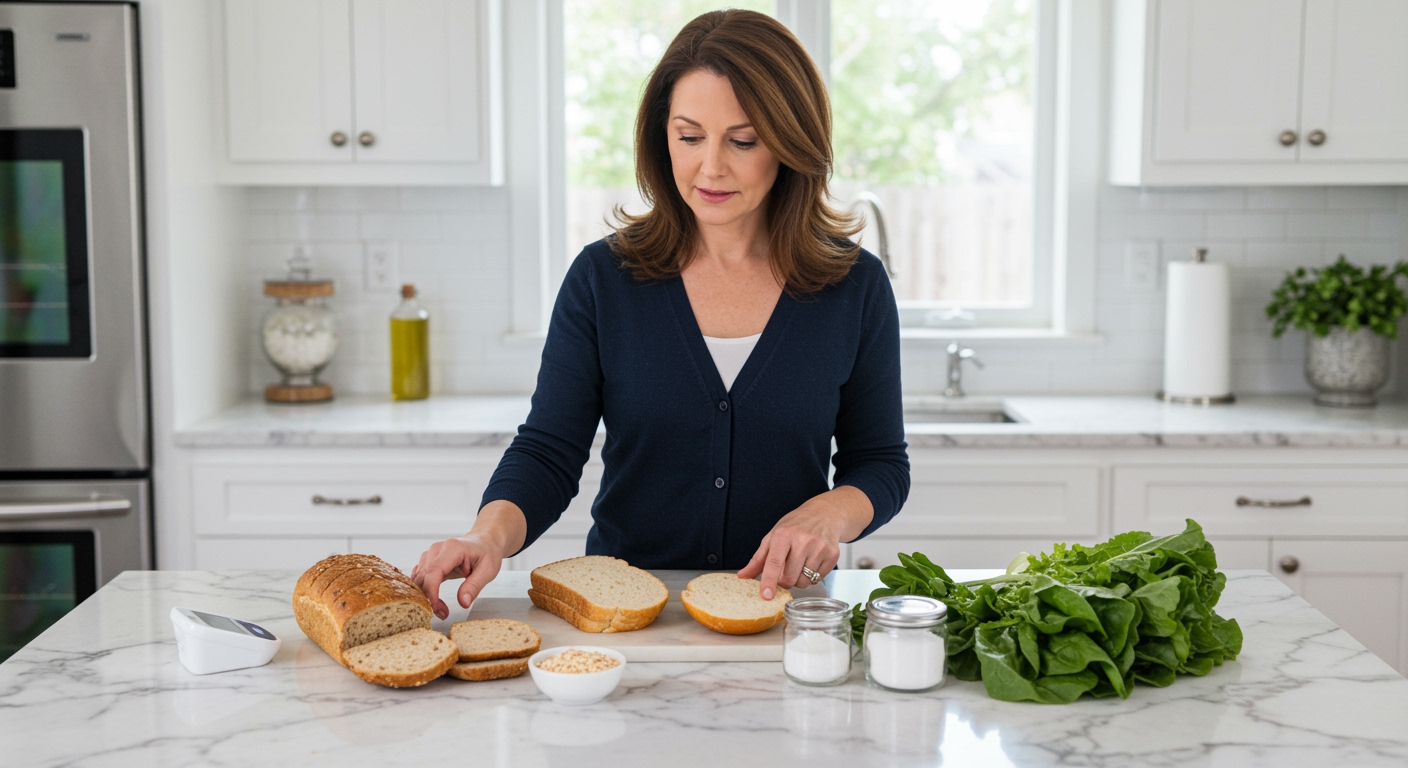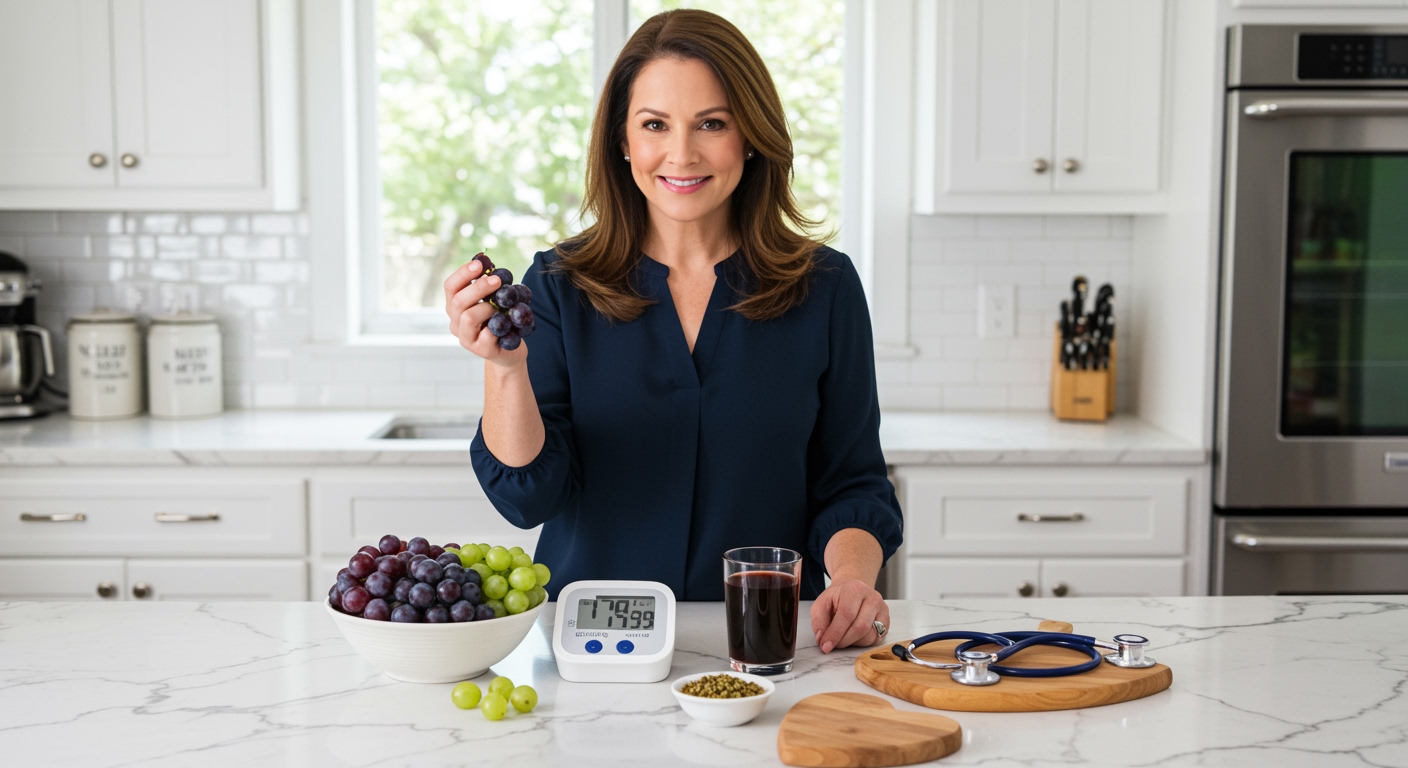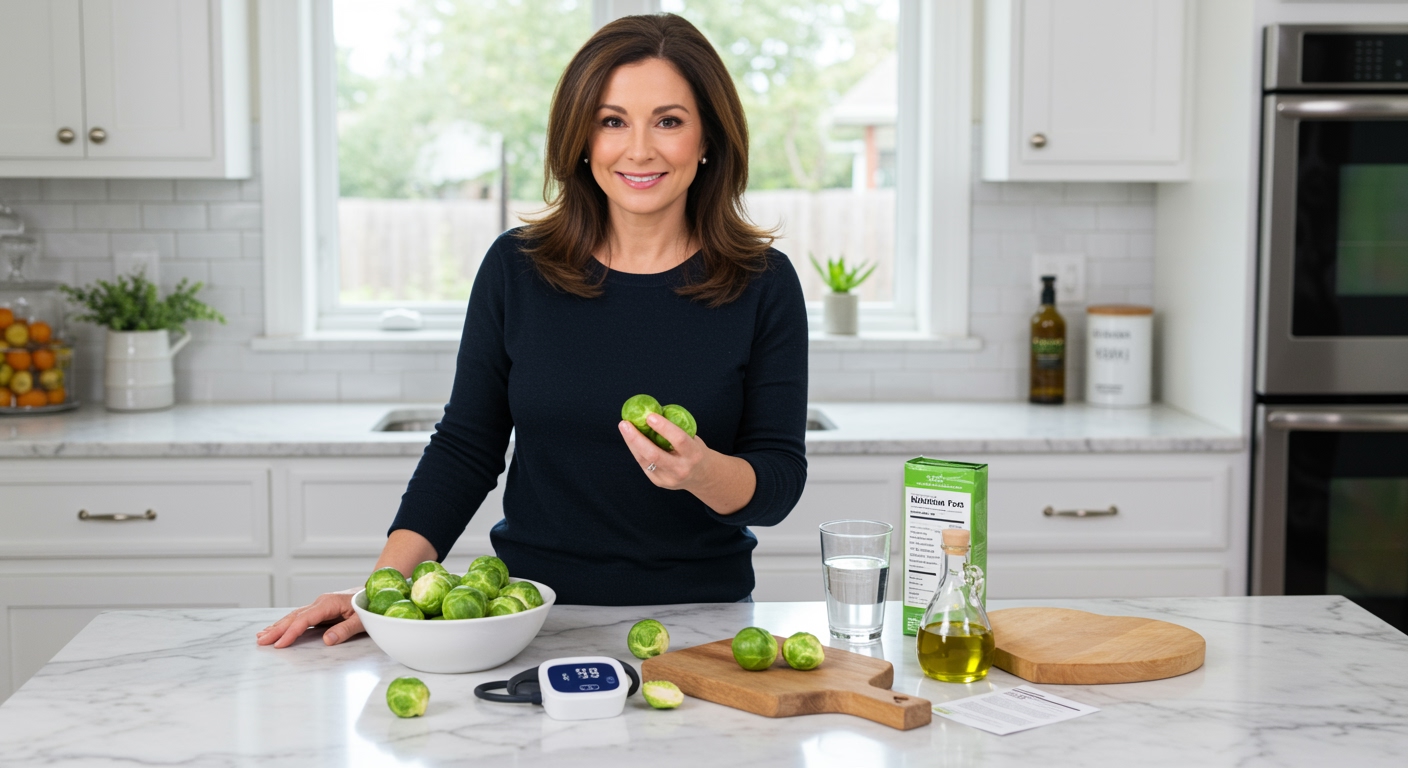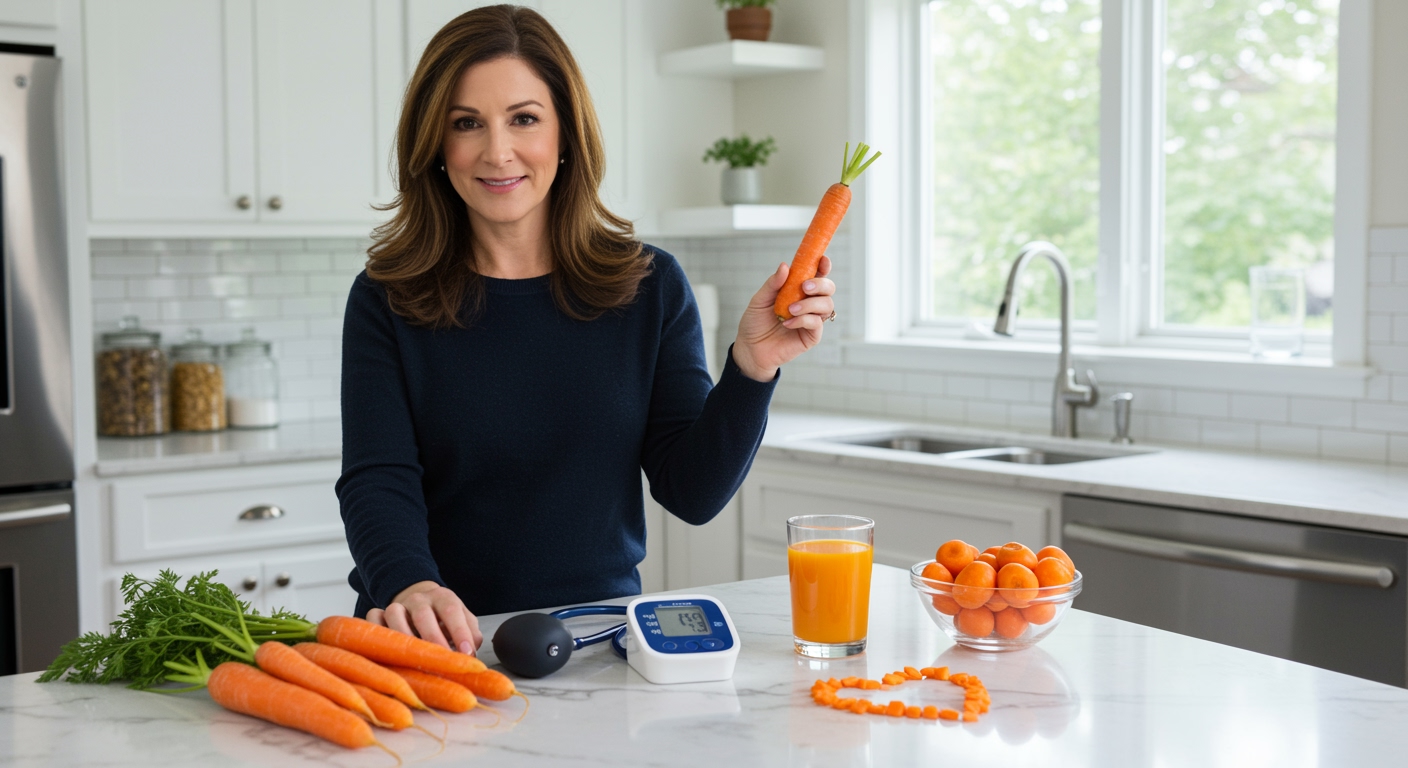✪ Key Takeaway: People with hypertension do not need to avoid all bread, but should choose whole grain varieties and limit refined white bread.
Introduction
Your doctor just told you that your blood pressure is too high and you need to change your diet immediately.
Now you are staring at your kitchen pantry wondering if you should throw away every loaf of bread you own.
Hi, I am Abdur, your nutrition coach and today I am going to explain exactly which breads you can keep eating and which ones you should avoid for better blood pressure control.
Why Does Bread Affect Blood Pressure?
Bread affects your blood pressure through three main pathways that work together in your body.
First, the sodium content in most commercial breads directly impacts your blood pressure by causing your body to retain more water.
When you eat high-sodium bread, your kidneys hold onto extra water to dilute the sodium in your bloodstream.
This extra water increases your blood volume, which forces your heart to work harder and pushes your blood pressure higher.
Second, refined white bread causes rapid blood sugar spikes that trigger inflammation in your blood vessels.
These inflammatory responses damage the inner lining of your arteries over time, making them less flexible and more resistant to blood flow.
Third, most commercial breads lack the fiber and nutrients that help your body naturally regulate blood pressure through proper mineral balance.
✪ Fact: One slice of commercial white bread contains about 230mg of sodium, which is 10% of your daily limit.
Which Types of Bread Should You Avoid?
White bread tops the list of breads you should avoid if you have high blood pressure.
This processed bread strips away the fiber-rich bran and nutrient-dense germ, leaving only the starchy endosperm that spikes your blood sugar quickly.
The rapid blood sugar rise triggers your pancreas to release large amounts of insulin, which promotes sodium retention in your kidneys.
Commercial sandwich breads often contain high sodium levels ranging from 200-400mg per slice, plus preservatives and additives that can worsen inflammation.
Sweet breads like brioche, challah, and cinnamon bread combine the worst of both worlds with high sodium and added sugars.
These breads cause even more dramatic blood sugar swings and often contain trans fats from hydrogenated oils that directly damage your cardiovascular system.
Bagels deserve special mention because their dense texture packs the equivalent of 4-5 slices of regular bread into one serving, multiplying the sodium and carbohydrate load significantly.
✪ Pro Tip: Always check the ingredient list and choose breads with less than 150mg sodium per slice.
Which Breads Are Safe for High Blood Pressure?
Whole grain breads made from intact grains offer the best choice for people managing high blood pressure.
These breads contain the complete grain kernel including the fiber-rich bran that slows sugar absorption and helps maintain steady blood pressure.
The fiber in whole grains also feeds beneficial gut bacteria that produce short-chain fatty acids, which help relax blood vessel walls and improve circulation.
Sprouted grain breads provide even better benefits because the sprouting process increases nutrient availability and reduces the glycemic impact compared to regular whole grain varieties.
Sourdough bread made with whole grains offers unique advantages through its fermentation process, which breaks down some of the gluten and starches that can cause inflammation.
The natural fermentation also creates beneficial compounds that support healthy blood pressure regulation.
Homemade bread gives you complete control over ingredients, allowing you to reduce sodium content and add heart-healthy seeds like flax or chia that provide omega-3 fatty acids.
✪ Note: Look for breads listing whole grains as the first ingredient and containing at least 3 grams of fiber per slice.
How Much Bread Can You Eat Safely?
Portion control matters just as much as bread type when managing high blood pressure through diet.
Most nutrition experts recommend limiting bread intake to 2-3 slices per day of whole grain varieties for people with hypertension.
This amount provides beneficial fiber and nutrients without overwhelming your system with excess sodium or carbohydrates.
Your individual tolerance may vary based on your current blood pressure levels, medication use, and overall dietary pattern.
People taking blood pressure medications should be especially careful about timing their bread consumption around medication schedules.
Some blood pressure medications work better when taken with food, while others work better on an empty stomach, so the timing of bread consumption can affect medication effectiveness.
Monitor your blood pressure readings after introducing new bread types or changing portion sizes to understand how your body responds to different amounts and varieties.
✪ Pro Tip: Pair bread with protein and healthy fats to slow digestion and minimize blood sugar spikes.
What Should You Look for When Shopping?
Reading nutrition labels becomes crucial when shopping for bread with high blood pressure.
Start by checking the sodium content and aim for breads containing less than 150mg per slice to stay within healthy daily limits.
Look for the ingredient list and make sure whole grains appear as the first ingredient, not enriched wheat flour or other refined grain products.
Check the fiber content and choose breads with at least 3 grams of fiber per slice to get the blood pressure benefits of whole grains.
Avoid breads containing high fructose corn syrup, hydrogenated oils, or long lists of chemical preservatives that can contribute to inflammation.
Some breads marketed as healthy still contain hidden sodium in ingredients like baking soda, salt, or sodium-based preservatives.
Consider the serving size listed on the nutrition label because some manufacturers use smaller serving sizes to make their products appear healthier than they actually are.
✪ Fact: Many whole wheat breads contain just as much sodium as white bread, so always check the nutrition facts.
The Bottom Line
You do not need to eliminate all bread from your diet if you have high blood pressure, but you do need to choose wisely and eat appropriate portions.
Smart food choices are about addition, not just subtraction from your plate.
I would love to hear about your experiences with different bread types and how they affect your blood pressure readings, so please share your questions or feedback in the comments below.
References
At NutritionCrown, we use quality and credible sources to ensure our content is accurate and trustworthy. Below are the sources referenced in creating this article:
- RESPeRATE: Bread and Hypertension: Everything You Need to Know
- PMC: Dietary Fiber and Blood Pressure Control
- American Heart Association: Sodium and Hypertension Research
- PMC: Whole Grains and Cardiovascular Disease




